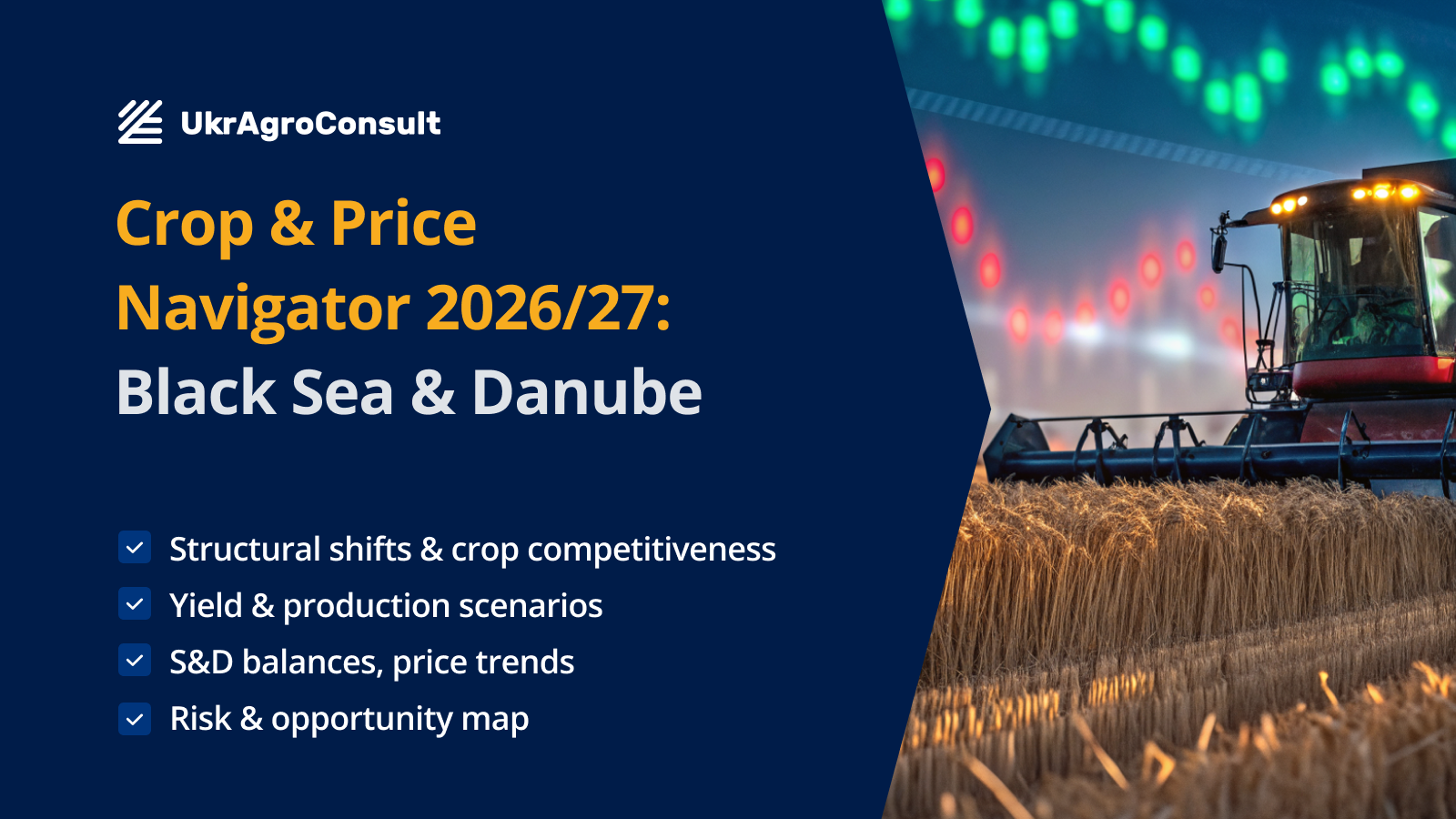AHDB: UK’s wheat area set to increase in 2025

There are strong indications that the UK’s wheat area, overall, for 2025 will increase relative to the year previous. But it’s a very varied picture across the various regions.
This is according to the Agricultural and Horticultural Development Board’s (AHDB) Early Bird Survey.
Specifically, the forecast for Harvest 2025 projects the wheat and total oat area rising, with the winter and spring barley and oilseed rape areas falling from 2024.
These figures represent a snapshot of farmers’ actions and intentions garnered at the beginning of November.
The overall wheat area is forecast to rise by 5%, all within the winter crop, after last autumn’s challenging weather sharply reduced the area.
Spring wheat is expected to nearly halve after last year’s rise due to the wet conditions, though the crop accounts for a very small proportion of the total wheat area. However, at 1,613Kha, the projected area remains below the 2019–2023 average of 1,705Kha.
The winter barley area is estimated to fall by just under 1%, while the area of spring barley is anticipated to fall by a considerable 13% after rising sharply in 2024.
However, with the winter barley area edging lower again, the falls in spring barley would mean the smallest UK barley area since 2014 at 1,084Kha.
The area of oats is projected to rise by a modest 3%, including a slightly greater increase in winter oats, which is expected to account for a slightly larger proportion of the national area.
A 17% decline in the oilseed rape planted area is forecast. If confirmed, this would reduce the oilseed rape area to its lowest area in the UK for 42 years.
Historically, when the oilseed rape area falls, pulses tend to rise to fill the break crop gap. However, this does not appear to be the case this season, with pulses falling approximately 7% from last harvest.
In relation to other combinable cereals, these are down 8%. Crops of smaller area had a lesser area coverage in the survey, so these results will be subject to greater uncertainty.
The last ‘catch-all’ category ‘other crops on arable land’ falls 3% and includes sugar beet, potatoes, vegetables and other crops that appear in the arable farm rotation such as temporary grass and maize.
For almost 30 years of expertise in the agri markets, UkrAgroConsult has accumulated an extensive database, which became the basis of the platform AgriSupp.
It is a multi-functional online platform with market intelligence for grains and oilseeds that enables to get access to daily operational information on the Black Sea & Danube markets, analytical reports, historical data.
You are welcome to get a 7-day free demo access!!!
Read also
Official Release – December 17th! Crop & Price Navigator 2026/27
Ukraine’s harvest nears completion: Total grain output exceeds 56 mln tons
Wheat heads for worst week since June on global oversupply
‘Soybean GPT’ lands South Korea’s agriculture ministry in awkward situation
Thailand purchases 65 thsd tons of Argentine feed wheat
Write to us
Our manager will contact you soon



